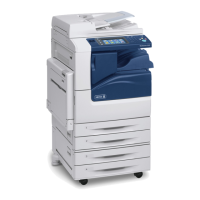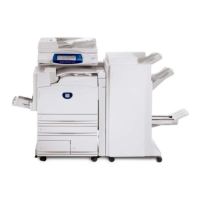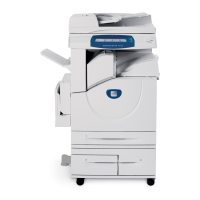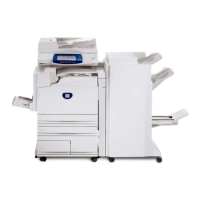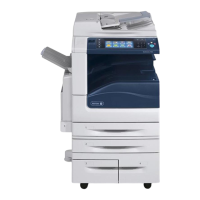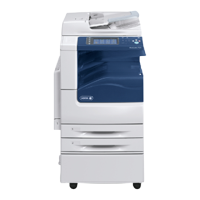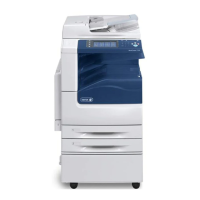WorkCentre 7220-7225 Information Assurance Disclosure Paper
Ver. 1.0, January 2013 Page 52 of 61
4.8.2. Enabling FIPS 140 Mode
1. In CentreWare IS, click Properties > Security > Encryption > FIPS 140-2.
2. Click Enable.
3. Click Run Configuration Check and Apply. A pass or fail message appears. If the configuration check passes,
click Reboot Machine to save and restart the printer. If the configuration check fails, the reasons for the failed
test are listed in a table with links to disable the protocol, replace the certificate, modify or acknowledge the
Certificate Key Length, or allow the printer to use the non-compliant protocol. After non-compliances
acknowledged or disabled, re-run the FIPS compliance check and reboot to enable FIPS.
NOTE: When FIPS 140 Mode is enabled, only FIPS compliant certificates can be installed on the printer.
4.9. Email Signing and Encryption to Self
The device is capable of signing and encrypting emails when the user is authenticated to the device using a CAC,
.NET or PIV smart card containing appropriate signing and encryption certificates. The device allows signing to
multiple recipients using the SHA256 hash algorithm. The device allows encryption to the authenticated user only,
supporting 3DES and AES encryption.
When enabled, the configuration options allow the system administrator the flexibility for the user to choose signing
and encryption on a job by job basis, or require one or the other for all jobs.
NOTE: The crypto algorithms used for smart card authentication, signing and encryption are not FIPS validated
in the launch version of software.
4.10. Software Self Test
The Software Self Test features allows an administrator to initiate a test from CentreWare Internet Services (Web
UI) to ensure that none of the static files on the device have been altered since they were installed. The
Administrator will receive a Pass/Fail response. The test will take into account any Software Upgrades that have
been performed. The test is based on a checksum generation of the files.
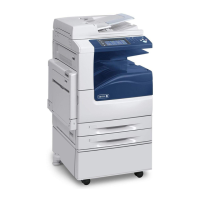
